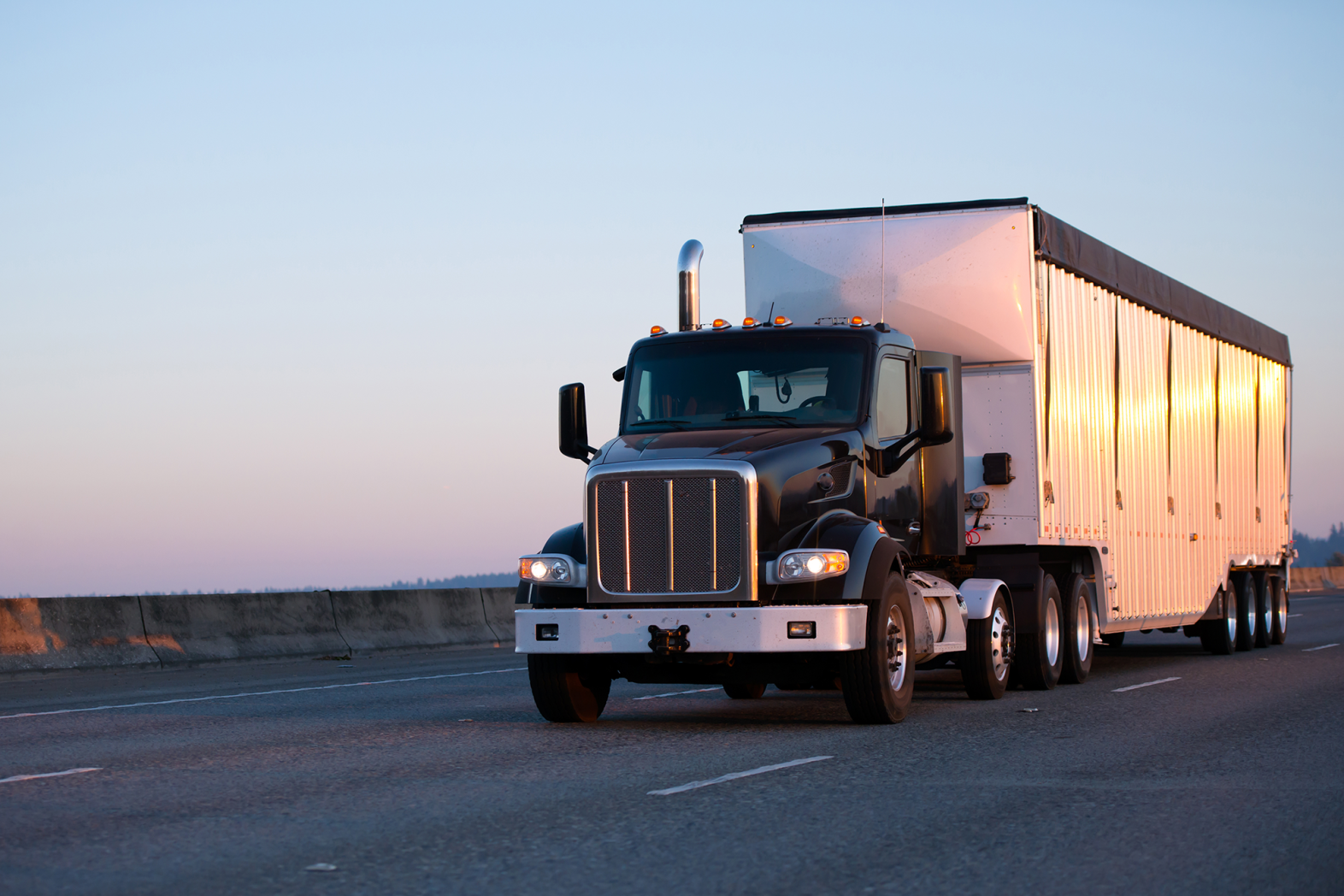Discussing Autonomous Trucking Standards with International Stakeholders

On June 19 and 22, UL Standards & Engagement (ULSE) hosted two webinars on UL 4600, the Standard for Safety for the Evaluation of Autonomous Products, highlighting key updates in the third edition, which was published in March 2023 incorporating requirements for autonomous trucking into the scope of the Standard.
The first webinar, on June 19, was geared for stakeholders in eastern Asia, while the session on June 22 was presented to stakeholders in the Middle East and India. More than 150 people attended the two sessions. ULSE Regional Director of International Standards Kolin Low welcomed participants to the first webinar and explained how UL 4600 helps advance several of the Sustainable Development Goals (SDGs) set forth in the United Nations (U.N.) 2030 Agenda for Sustainable Development. Regional Standards Manager V. Manjunath welcomed participants during the second session.
During each webinar, Deborah Prince, director of the ULSE Autonomy and Robotics program, and Phil Koopman, professor at Carnegie Mellon University and member of TC 4600, each presented on the development and progression of UL 4600, while also reviewing major revisions in the third edition.
UL 4600 key development timeline
In Prince’s presentation, she highlighted key timepoints from its introduction as a draft in March 2019, to collaboration with international stakeholders in Tokyo and Geneva, to the publication of the first edition just over one year later in April 2020. She also presented key revisions in the second edition - published in March 2022 - before covering the revision of the third edition, collaboration on its requirements in Tokyo, and its 2023 publication.
In discussing the third edition, Prince highlighted the addition of a safety argument for vehicles that can operate in an autonomous mode, whether individually or as part of a team such as a platoon. For a team of vehicles, the vehicle might be scoped as an individual member, or it might be designed to function as a team as a whole without reducing the safety of any one vehicle, she noted.
Prince also noted the importance of international participation among technical committee (TC) members and stakeholders in the development of the standard. “We have TC members and stakeholders from over 25 countries to ensure that this standard is developed and maintained with a global perspective, which is one of the reasons why UL 4600 is appropriate for global use - not just in the U.S.,” she said.
Currently, UL 4600 is being adopted as a Chinese National Standard and is being studied by Japan’s National Institute of Informatics, Prince added.
Key updates
In his presentation, Koopman explained how UL 4600 applies a goal-based approach, rather than the prescriptive approach traditionally seen in safety standards. Through this approach, the Standard requires that the autonomous systems address safety cases, such as systematic design defects, or interactions with bicycles, motorcycles, and construction vehicles. A safety case to avoid pedestrians, for example, may be addressed with the actions “maneuver around detected pedestrians” and “stop if can’t maneuver.”
Some key updates in the third edition include the following post-incident safety case requirements:
- Change in terminology from “first responder” to “emergency responder” throughout the standard
- Addition of broad examples to address potential additional on-scene personnel in 7.2.1.2 (safety related communications) and 7.5.1.2 (vulnerable road users)
- Addition of safe mode setting examples for crash vehicles left in unsafe positions in 10.6.6.1(a)(1)
- Addition of hazards due to activation or energization of vehicles functions and components and corresponding Examples in 10.6.6.3(b)
- Addition of educational materials and procedures for safe handling of incident in 10.6.7.3(c)
Get involved
UL 4600 is maintained through a consensus-based process, with input from stakeholders and members of TC 4600, the Technical Committee for the Evaluation of Autonomous Products. TC members represent a variety of interests, including industry, academia, government, retail, and manufacturing. If you are involved in the design, sale, manufacture, regulation, or operation of autonomous vehicles, and you would like to help improve safety in your industry, please take a moment to learn how you can get involved.